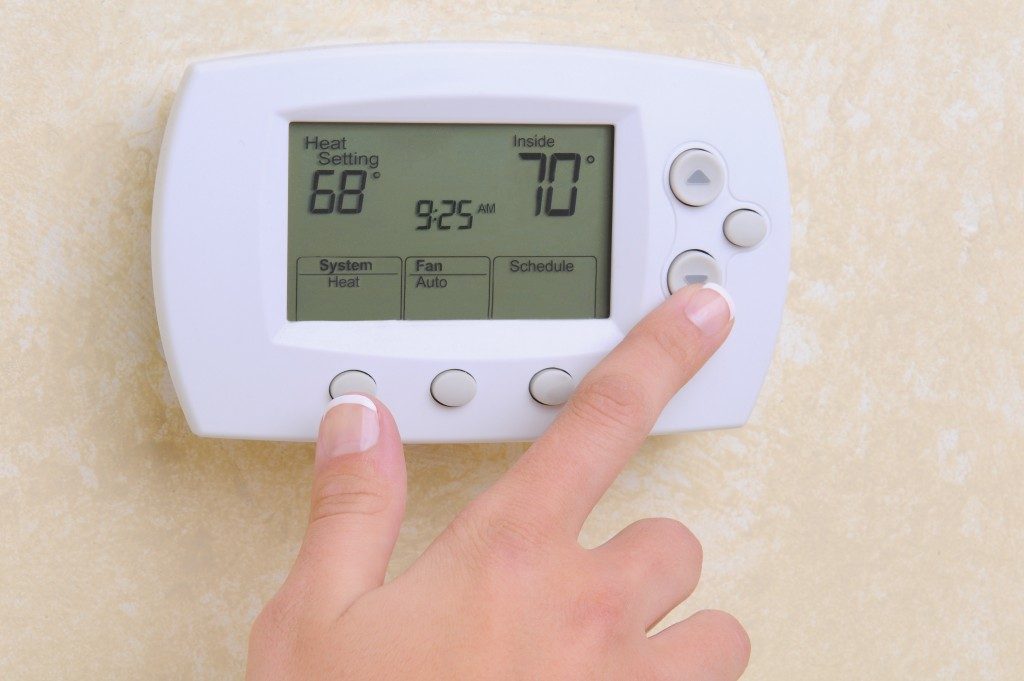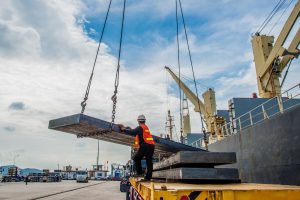Thermostats give homeowners more control over heating and cooling the indoors. These devices also monitor the temperature and maintain it at a comfortable state. People just need to program the thermostat to turn on or off at certain times. While this all sounds convenient, it is also important to anticipate the following problems with thermostats:
Power Malfunctions
According to repair services such as acautah.com, modern thermostats now feature Wi-Fi controls. This shows how technology in such devices continues to improve. Nonetheless, power malfunctions can still happen to thermostats. Make sure to have a repair expert check the machine.
If your thermostat’s display does indicate power, simply replace its batteries. In addition, if the system runs inconsistently, you should use AA Lithium batteries. This is because alkaline batteries run out of power quickly and can cause discrepancies in your system. If there is no issue with the batteries, you should check the power switch. People often mistake this for a light switch and turn it off. There might also be a problem with the fuse or circuit breaker
Incompatibility of Components
Another common issue is the mismatching of thermostats to the area. For instance, low-voltage thermostats are ideally used in households since these areas consume less electricity than public places. If such thermostats are used in commercial establishments, they might malfunction.
Faulty Wiring
 Loose connections or faulty wiring can result in the thermostats getting disconnected from the cooling or heating system. This renders the thermostat unable to control the furnace or air conditioner. There is also a risk of electric shocks and fire accidents. This makes it even more urgent to seek professional help.
Loose connections or faulty wiring can result in the thermostats getting disconnected from the cooling or heating system. This renders the thermostat unable to control the furnace or air conditioner. There is also a risk of electric shocks and fire accidents. This makes it even more urgent to seek professional help.
Most non-digital thermostats have a heat anticipator, an electrical device that looks like a small metal tab. This tells the thermostat when to switch off the furnace burners. Thus, when the heat anticipator does not function properly, it can make your heater cycle on and off more often than needed.
A faulty heat anticipator will require an adjustment. The built-in anticipators of digital or programmable thermostats set themselves automatically, so they do not require manual changes. On the other hand, mechanical thermostats should be manually adjusted. You can use an amp meter to ascertain the proper setting. Occasionally, giving the heat anticipator a light push in both directions can solve the problem.
Dust Accumulation
Dust or debris can accumulate inside a thermostat if it’s left uncleaned by owners. These particles might hinder the thermostat from functioning optimally. Repair experts usually remedy this by opening the cover and using specialized cleaning tools on affected parts, such as the metal coils.
Incorrect Temperature Readings
Thermostats might also be susceptible to inaccurate temperature readings. The placement of the thermostat typically causes this. Owners must make sure to avoid locations near those sources or those exposed to the elements. Examples include fireplaces, radiators, and more.
In summary, thermostats bring convenience to modern households. Like other products of technology, thermostats can still encounter problems that cause them to malfunction. With the help of a professional, issues like power malfunctions, faulty wirings, and dust accumulation can be addressed in no time.






